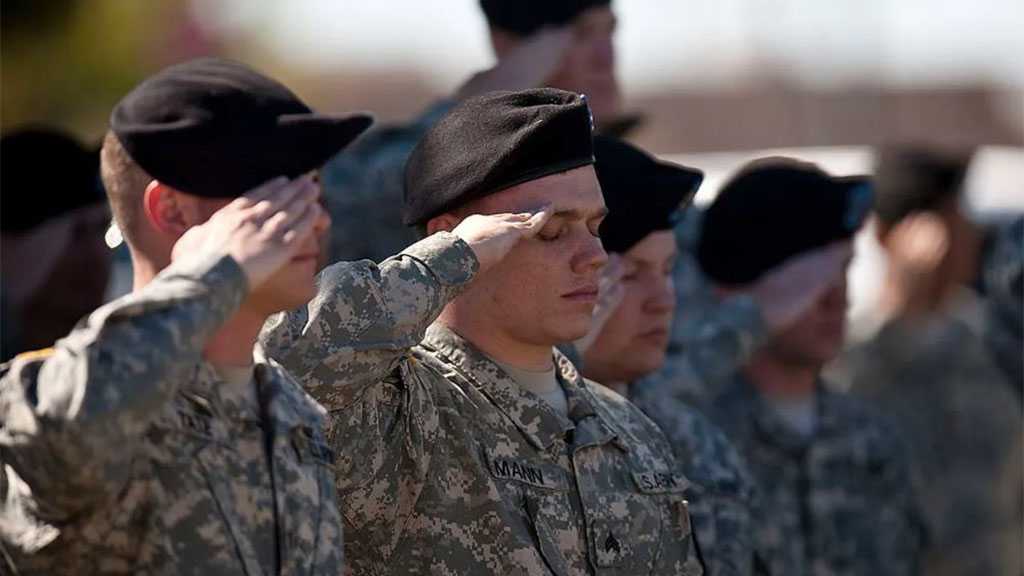
Suicides Rise among US Active-duty Service Members by over 40%

By Staff, Agencies
Suicides among active-duty service members of the US military increased by more than 40% between 2015 and 2020, according to the Pentagon data.
As the Pentagon seeks to confront spiraling suicide rates in the military ranks, Williamson’s experiences shine a light on the realities for service members seeking mental health help. For most, simply acknowledging their difficulties can be intimidating. And what comes next can be frustrating and dispiriting, AP reported.
In March, US War Secretary Lloyd Austin announced the creation of an independent committee to review the military’s mental health and suicide prevention programs.
According to Pentagon data, suicides among active-duty service members increased by more than 40% between 2015 and 2020. The numbers jumped by 15% in 2020 alone. In longtime suicide hotspot postings such as Alaska – service members and their families contend with extreme isolation and a harsh climate – the rate has doubled.
A 2021 study by the Cost of War Project concluded that since 9/11, four times as many service members and veterans have died by suicide as have perished in combat. The study detailed stress factors particular to military life: “high exposure to trauma — mental, physical, and moral — stress and burnout, the influence of the military’s hegemonic masculine culture, continued access to guns, and the difficulty of reintegrating into civilian life.”
The Pentagon did not respond to repeated requests for comment. But Austin has publicly acknowledged that the Pentagon’s current mental health offerings — including a Defense Suicide Prevention Office established in 2011 — have proven insufficient.
“It is imperative that we take care of all our teammates and continue to reinforce that mental health and suicide prevention remain a key priority,” Austin wrote in March. “Clearly we have more work to do.”
Last year the Army issued fresh guidelines to its commanders on how to handle mental health issues in the ranks, complete with briefing slides and a script. But daunting long-term challenges remain. Many soldiers fear the stigma of admitting to mental health issues within the internal military culture of self-sufficiency. And those who seek help often find that stigma is not only real, but compounded by bureaucratic obstacles.
Much like the issue of food insecurity in military families, a network of military-adjacent charitable organizations has tried to fill the gaps with a variety of programs and outreach efforts.
Comments
- Related News



